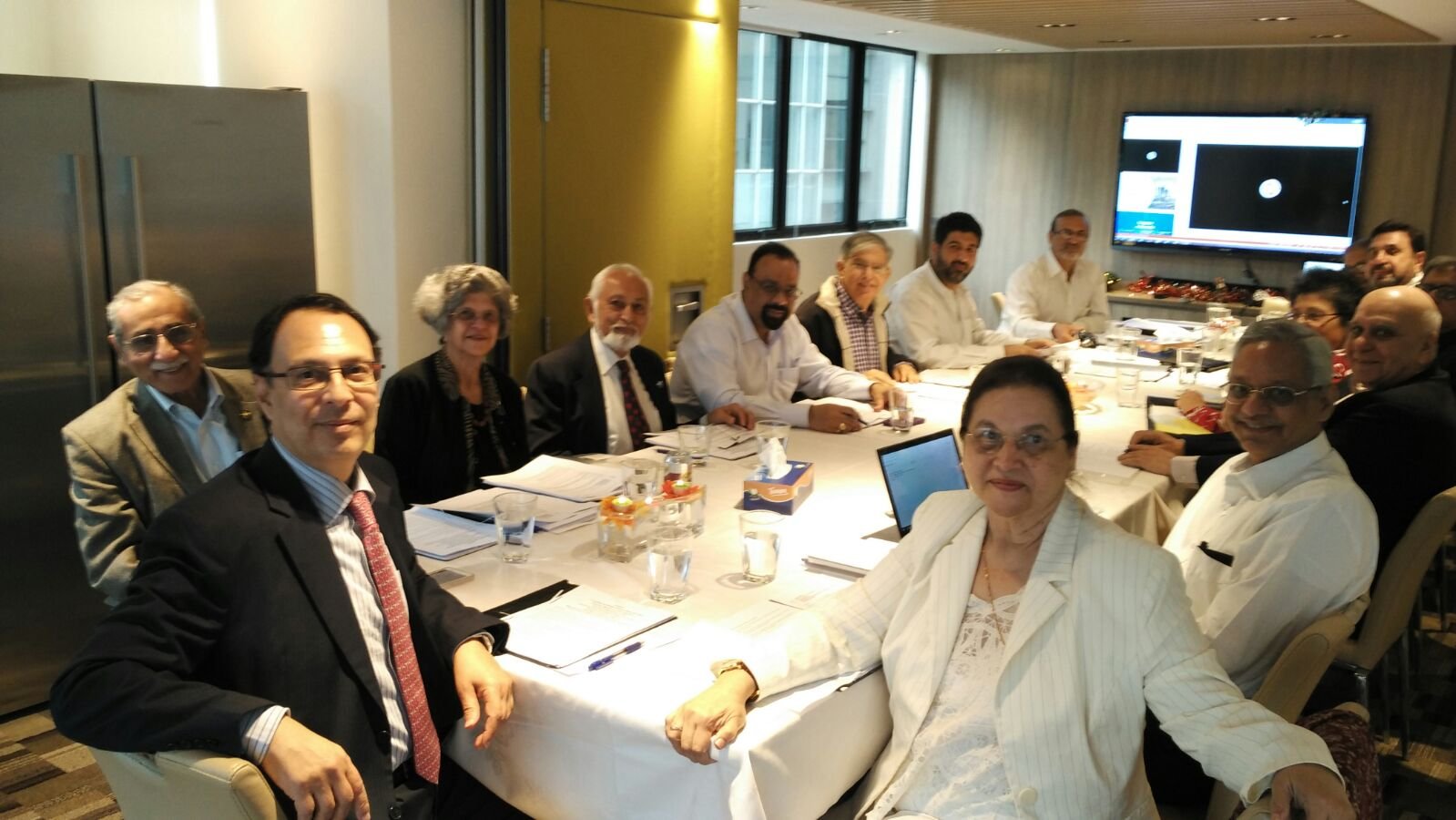Changing perceptions of rich cultures
 Stephen Scourfield finds a lot to like as he explores a diverse region.
Stephen Scourfield finds a lot to like as he explores a diverse region.
‘Forget everything you think you know about Iran. Forget everything you have read. Ignore what you have seen on TV. Enjoy this beautiful country and its wonderful people.”
Tony Evans has a glint in his eye as he addresses his group of 25 travellers, many from Perth, who have just arrived in the Iranian city of Shiraz, having flown just a couple of hours from Dubai.
It is a fitting welcome to Iran.
It is also an insight into Tony, who dreamt up, researched, refined and is now leading this tour, motivated by his desire to share countries he loves and to change perceptions. For over the 29 days of Travel Directors’ Treasures of Persia and the Caucasus, they will visit Iran, Armenia, Georgia and Azerbaijan.
But first, here we are in the city of roses and nightingales, Shiraz — a city with roots to 2000BC, the ancient Vakil Bazaar, its beautiful Eram Garden, laid out on a quadrangular pattern in four quarters, and with, of course, a rose garden.
The heart of Eram Garden is the manor house of the Qavam family, now Narenjestan Museum, spectacular with symmetrical design and a pool at the front.
The cost of the tour includes all international and local flights, transport, hotels, entry fees, tips and gratuities. It also includes Tony’s knowledge and very capable organising skills, and the presence in Iran not only of Karan Jami, a highly educated and skilled guide, with 17 years’ experience, but his assistant Pegah Ghanaat. I am only with the group for a few days but I know other stages of the tour and it will be the same there, with excellent local guides.
It also includes all meals. And in Shiraz, they are in good local restaurants, usually with only locals apart from us. We are quickly getting a taste of Iran.
It continues in Shiraz with a visit to the 18th century royal citadel called Arg-e-Karim Khan and the Nasir ol Molk Mosque — a complete surprise, with its predominantly pink, purple and yellow tiles depicting flowers and birds. Nature is not depicted in other Islamic mosques.
And then, after a full day around Shiraz, we head out for the day in a comfortable coach, 60km to Persepolis, the ancient capital of the Achaemenid Empire, from 550-330BC.
The royal complex of Persepolis was built by skilled workers for Persian king Darius the Great, with the oldest remains dated to 515BC. Its only job was to inspire — to bring together all the kings within the empire, with Darius as king of kings.
Five kilometres away is Naqsh-i Rustam, in the Husain Kuh mountain range, where Darius the Great’s monumental tomb is carved into a cliff, along with those of his successors.
And then, the next day, having left Shiraz and on the road to the city of Yazd, we visit Pasargadae, which King Cyrus the Great, founder of the Persian empire, established in the early 6th century BC, and then see his nearby tomb.
In Yazd, we stay at Moshir-Al-Mamalek Garden Hotel — and I must say that by now I feel fully saturated by Iranian culture, history, and in the politeness, manners and warm welcome of its people.
Much of Yazd is built from adobe —”” earth and organic material, made into mudbricks and sometimes rendered. It is also a triumph of the Iranian technique of building underground qanats, or canals, to bring water from underground springs in the mountains, for it has thrived, without a river, in this desert on the Iranian plateau.
Yazd is also an important place for Zoroastrians — followers of ancient beliefs set down by Iranian prophet Zarathustra, born in 1768BC, and his three principles of good thoughts, good words and good deeds. For here lives the mother fire that is important to their belief — a flame which has burned since AD470.
From here the group will continue to Isfahan, with its architectural wonders, and then Tehran, mixing ancient and modern history which includes a visit to the shrine of Ayatollah Khomeini.
And from there, the tour flies on to Armenia, which in AD301 became the first country in the world to adopt Christianity as its national religion. The tour visits the oldest state-built church in the world, the Cathedral of Holy Etchmiadzin, constructed between AD301 and AD303 by Saint Gregory the Illuminator.
I like Armenia’s capital, Yerevan. Mt Ararat dominates its long-distance landscape, just as the rather Soviet architecture in volcanic stone coloured from pink to charcoal does its urban one. And a highlight of that urban landscape is the Cafesjian Centre for the Arts, founded by businessman, philanthropist and collector Gerard L. Cafesjian and dedicated not only to bringing the world’s contemporary art to Armenia but also showing Armenian culture to the world.
Further into Armenia, there is the high, freshwater Lake Sevan and the forests of Dilijan.
When you cross the border from Armenia to Georgia (a stroll across a bridge), everything changes — the landscape, and the mood, too.
Georgia and Armenia were both part of the Soviet Union but since its collapse in 1991, have reconnected with deeper personalities. Tbilisi was founded in the 5th century and is a modern and welcoming city, while the Georgian town of Gori takes us deeper into the Soviet past, for this is where Josef Stalin was born. A museum tells the dictator’s story and we see the house where he spent his early years, and his bulletproof train carriage.
Georgia invented wine- making and it is still made in the traditional way, in underground kvevri, or amphora. Scientists have dated 7000-year-old cultivated grape seeds in Georgia, and ceramic wine jars to 6000BC. The medieval town of Signagi, in the winegrowing region of Kakheti, is a surprise — set in the hills with terracotta roofs, rather like a hilltop town in Italy.
Over the final border, in Azerbaijan, the city of Baku, on the Caspian Sea, is “not quite Dubai” but along those lines, though it prides itself on 2000 years of history and the preservation of its old city.
Several things occur to me.
First there is the progressive chronology of the tour — from the founding of the Persian Empire in the 6th century BC to Zoroastrian beliefs, the echo of them in Christianity, the more contemporary feel of modern Tbilisi, and then glitzy Baku.
That progression is layered, of course, with cultural asides and then there is the changing cuisine between countries, from the barley soups, kebabs, locally grown and myriad salads and the sweet desserts of Iran to the lamb, yoghurt, lavash bread and Ararat brandy of Armenia; to Georgia’s delicious khachapuri (trust me — it doesn’t do it justice to merely describe it as bread stuffed with cheese) and nadughi, like soft cottage cheese. Not to mention the most unusual wine you may ever taste. (Progressing from alcohol-free Iran, through Armenia to wine-cultured Georgia is the right way to do this tour.) There are the hotels, chosen mostly for their connection not only to locations but to the character and mood of a place.
Published on YahooNews





